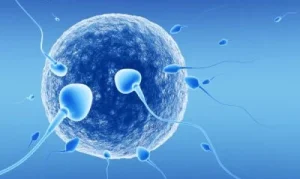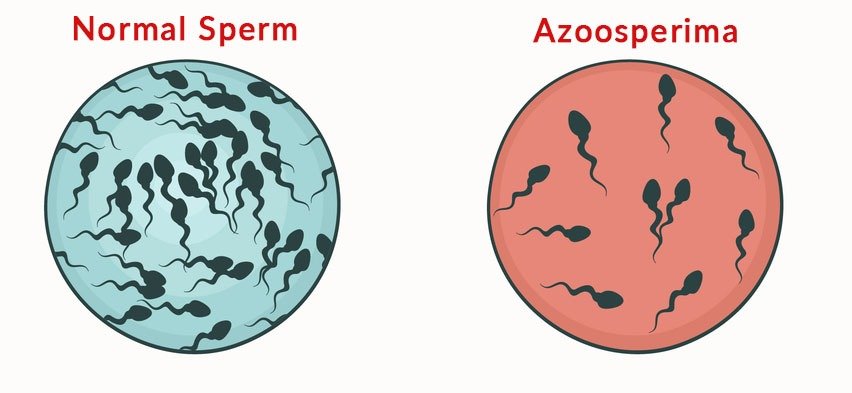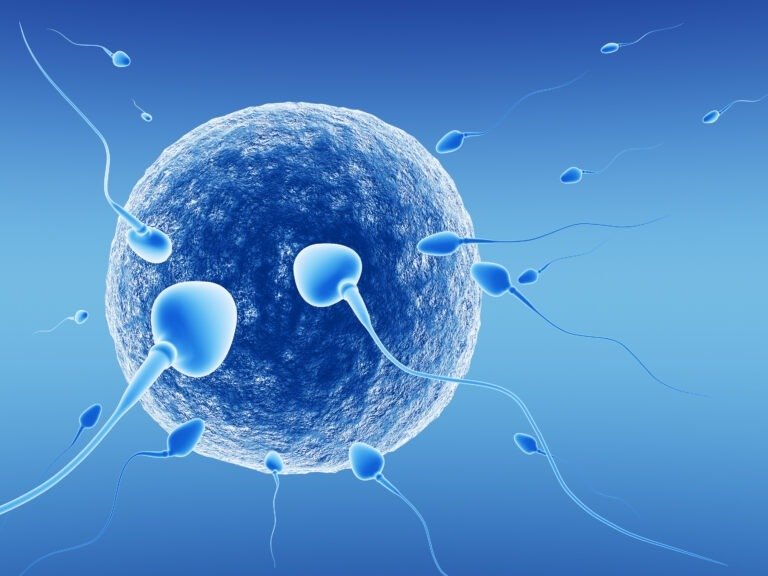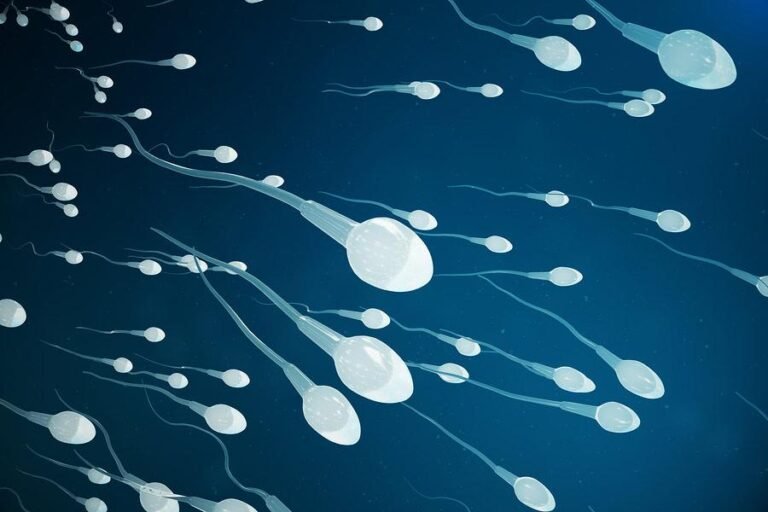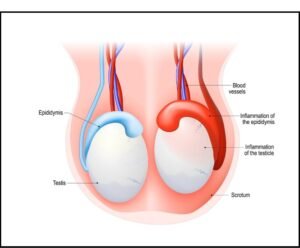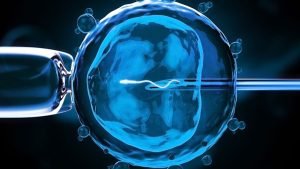Chromosomal abnormalities such as, kleinfelter’s syndrome, kallmann’s syndrome and kartagener syndrome.
Hormonal imbalances due to any alteration in the pituitary gland and hypothalamus. As, these two hormones are required for sperm production.
Medications such as ulcer medication, antibiotics or antifungal medicines, testosterone replacement therapy or chemotherapy drugs.
Retrograde ejaculation can also be a cause of such condition when semen instead of flowing out of the penis reverses back to the bladder.
Anti-Sperm antibodies can kill the sperm cells by mistakenly identifying them as harmful invaders which subsequently affects the sperm count.
Environmental toxins including, exposure to chemicals, heavy metals or radiations.
Sertoli-cell-only syndrome due to which no sperm is produced by the testicles.
Undescended testicles if during the fetal development the testicles didn’t descend from the abdomen to the scrotum then fertility of that person is affected and such people are unlikely to be fertile.
Anorchia is the absence of testicles which can also lead to azoospermia.
Obstruction can be a reason of low or no sperm count. It can be caused due to blockage in the duct because of abnormal developments such as cystic fibrosis or surgeries in the past.
Trauma or Injury as a consequence of vasectomy, scrotal surgery, hernia repair surgery, etc.
